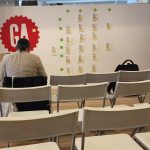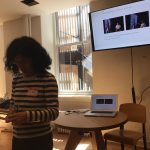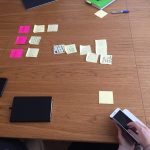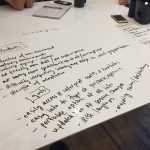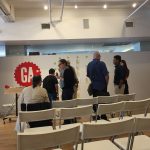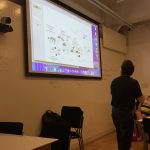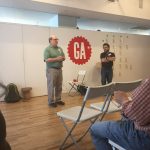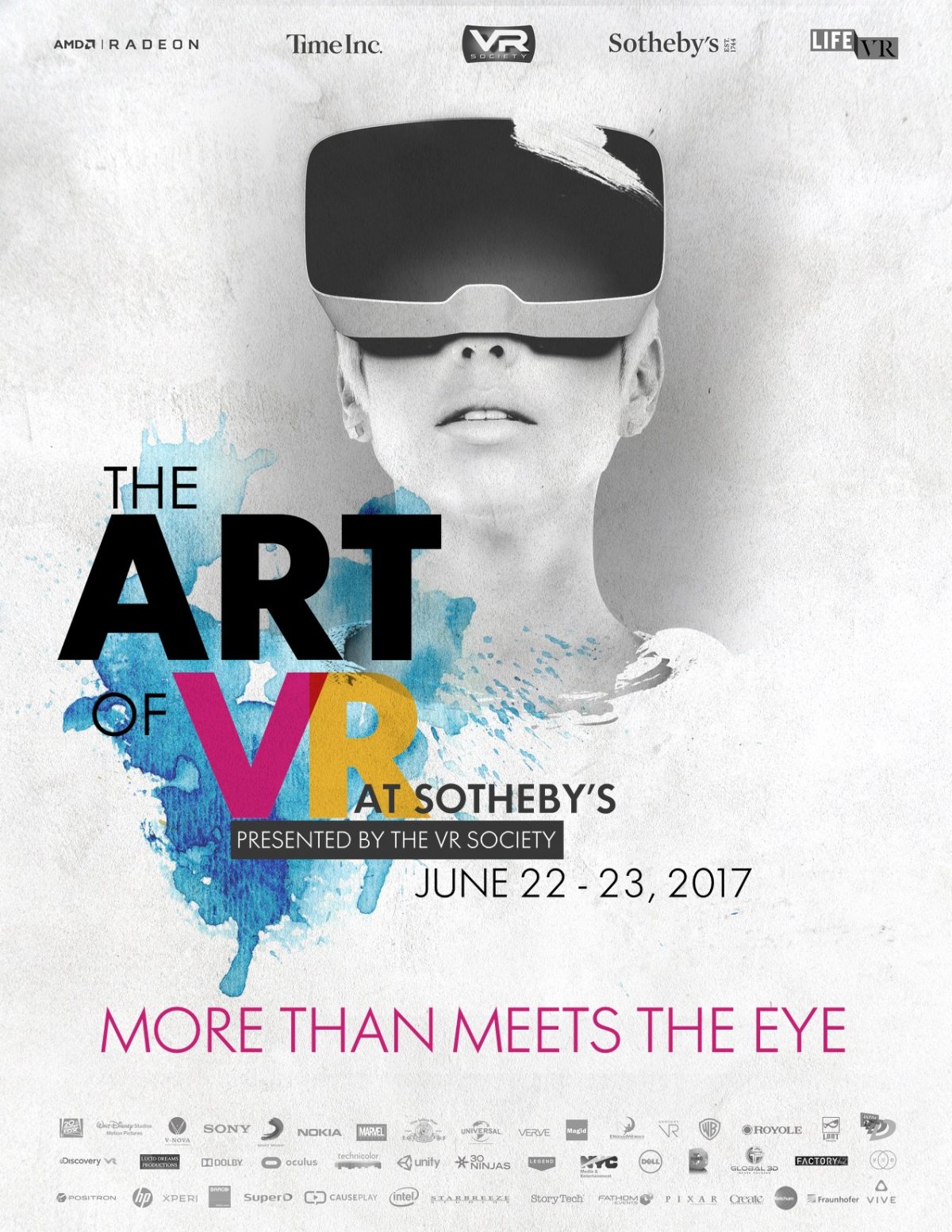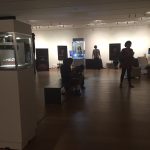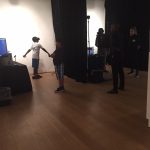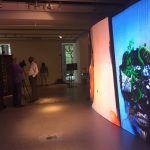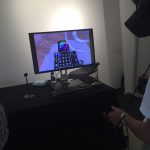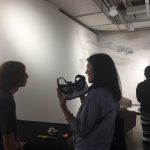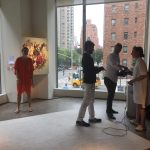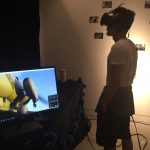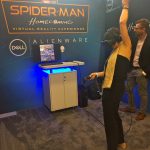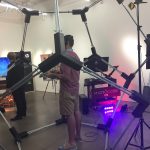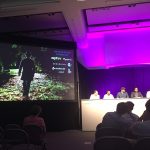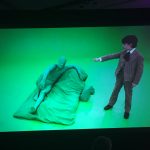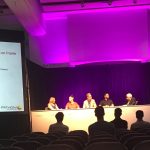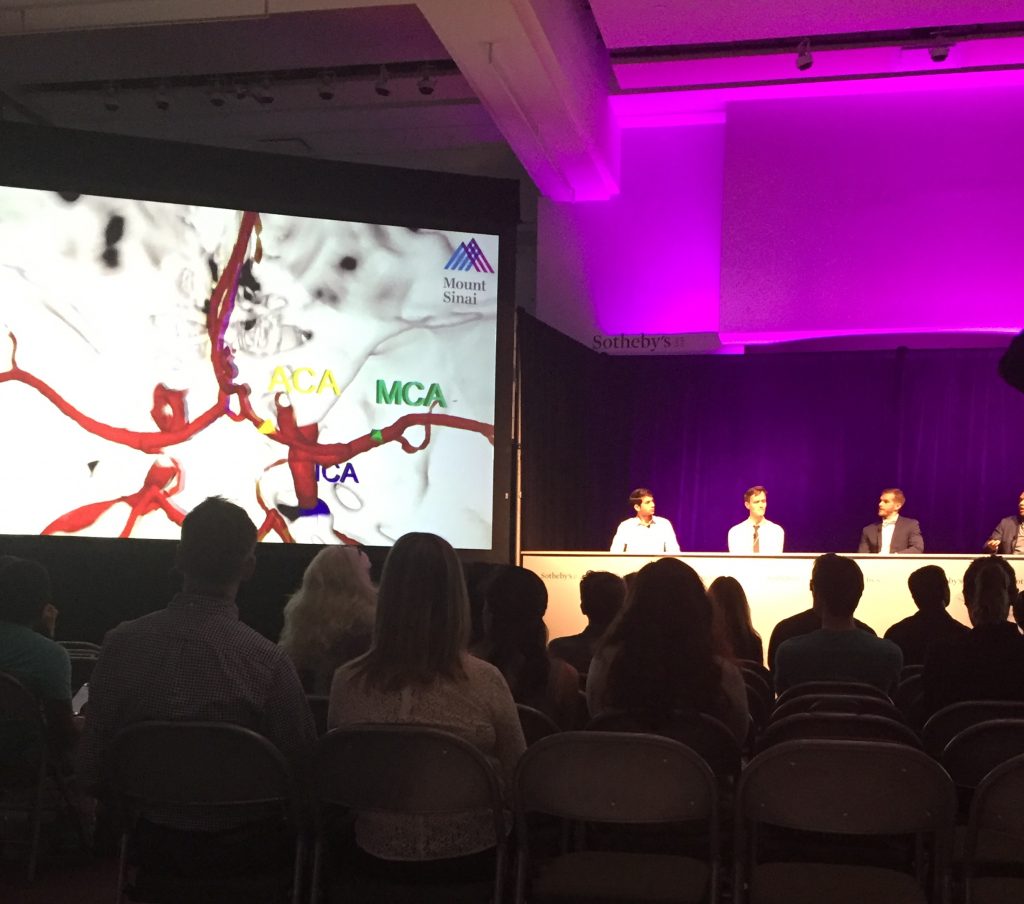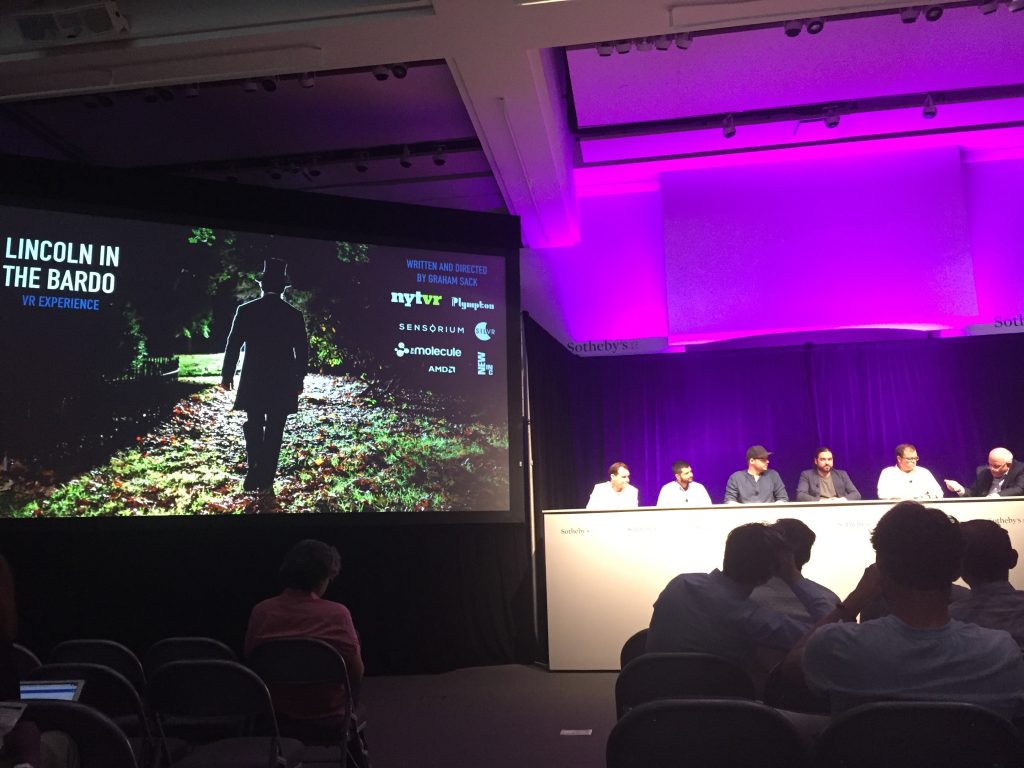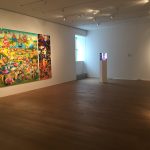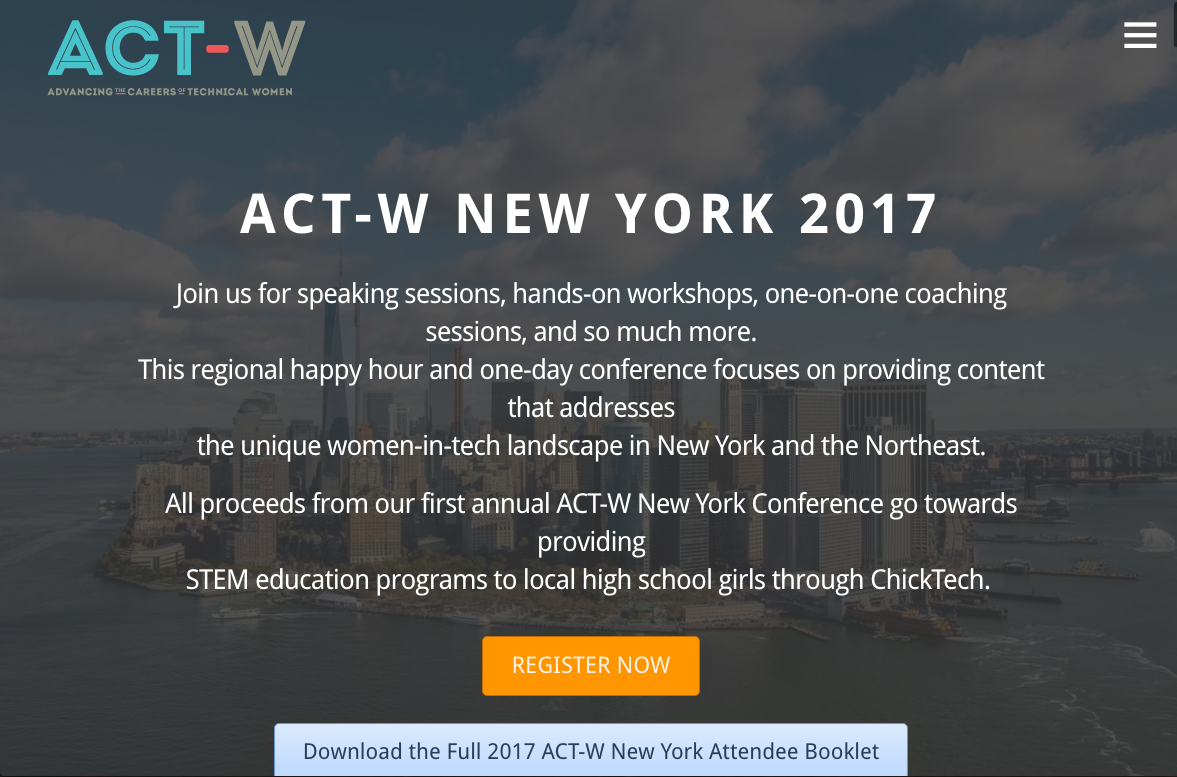I am way late to be posting this, but…hey, I got a developer scholarship! Last year, I saw a post on my local Girl Develop It Slack channel about scholarships being offered by Google and Udacity to US residents.
They have 2 tracks, Android developer and Web developer. Within each track there are 2 levels, beginner and intermediate. Out of (what I read was) 100,000 applications, I ended up getting one of 10,000 places in the intermediate-level, Mobile Web Specialist track.
A few others in GDI also got seats, for both tracks and levels. Google and Udacity also offer this same experience for residents of Europe, Russia, Egypt, Israel and Turkey.
Instruction
The video-based courses are all on Udacity, and the instructor has so far been Jake Archibald, who is the supreme leader of all things Service Workers and Promises. In my opinion, the course is a little more advanced than intermediate, but maybe I just don’t understand JavaScript as well as other people. In any case, I’m glad to have this opportunity.
What is the course about?
So far the course is structured around creating an “offline-first” experience, using Service Workers. What this means is when people are using your website or app, they will still be able to get content, even when they don’t have internet connectivity.
Offline connectivity!? How does this happen?
This happens because those apps and websites are using Service Workers, which intercept the connection between the app and the internet (the network). The service worker allows developers to create custom responses and other behaviors when there is no internet connectivity or when there is poor internet connectivity.
What does the course cover?
As mentioned above, the course covers service workers, the Fetch API, the Cache API, and IndexedDB using Jake Archibald’s Promised library. The course also covers Promises, which ties all this together. In addition, as I’ve read through the forums and discussions that the course designers have provided for us, I’ve come to realize that we are also learning about ES6 (ECMAScript 6) and Progressive Web Apps, which might just be another way of saying “offline first”.
There are some great resources I’ve found. First, I’ve again turned to Lynda to help me learn more about ES6. Although currently the Lynda ES6 course I chose to review is not as comprehensive as this class, but that’s OK. I’ve also had to spend extra time on YouTube learning about Promises, because these are not exactly intuitive if you don’t have too much experience with JavaScript. The goldmine I’ve found so far is the Progressive Web Apps course also offered by Google. After finding all of this information, especially Google’s information, I have more respect for how much Google values it’s technology, the robustness of their applications, and how much time they spend evangelizing technology and helping developers get better.
In addition to this course, I’ve also found another “Grow With Google” course. The Google IT Support Professional Certificate, which is accessed on Coursera.

I haven’t discussed this course or this scholarship with people at work. I have misgivings about sharing this news. I guess I’m in a wait and see approach. Maybe if I move onto the nanodegree…or maybe not. I have until April to finish the course.
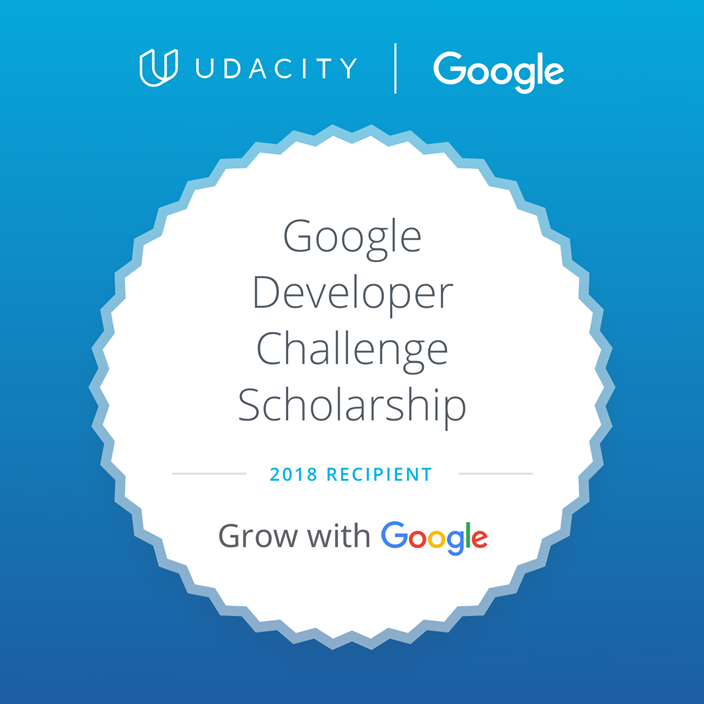

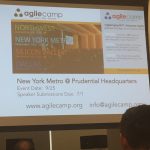
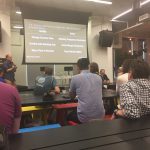
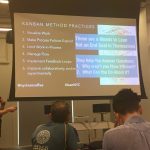
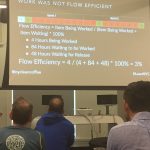
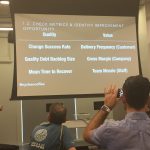
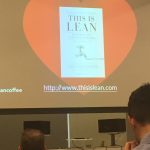
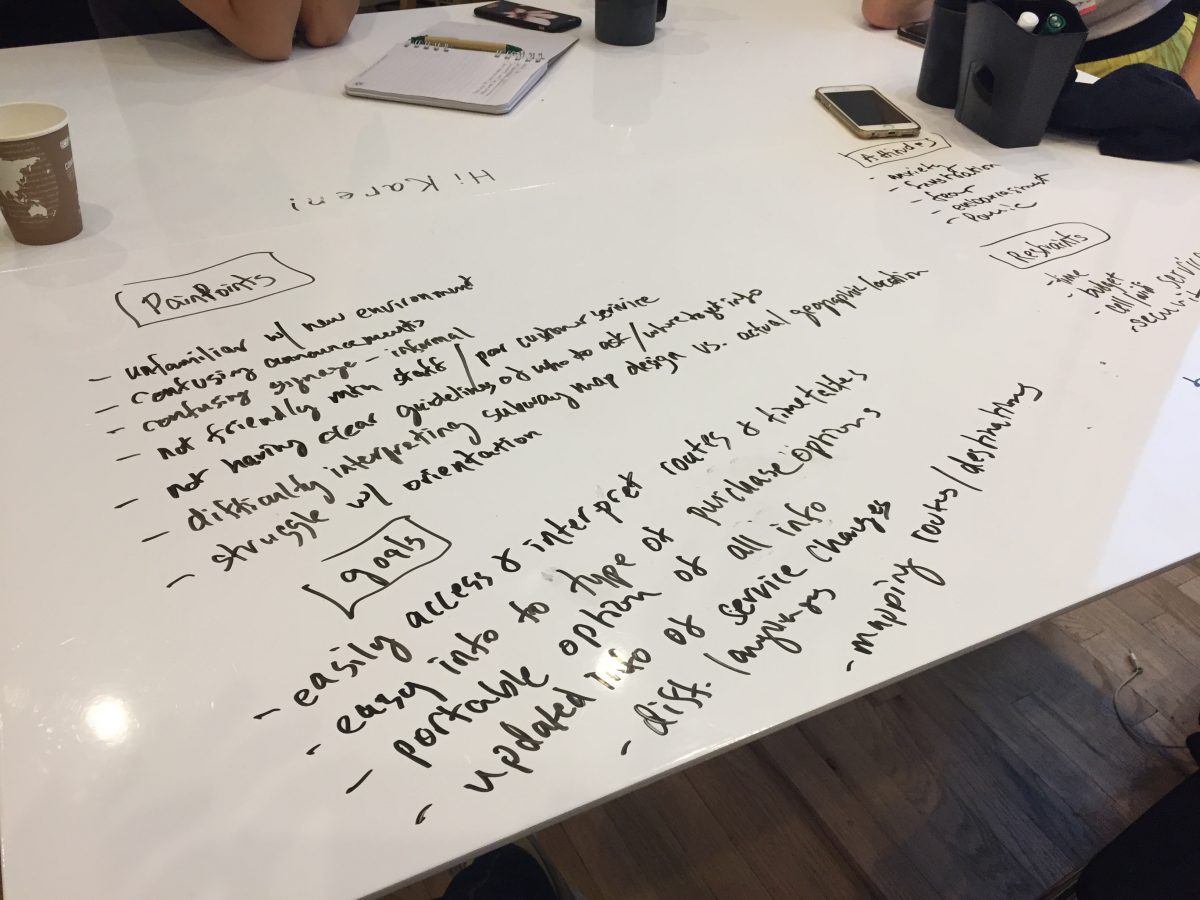
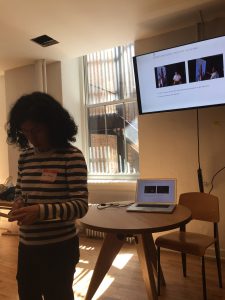
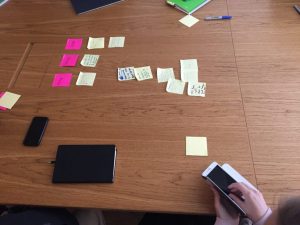
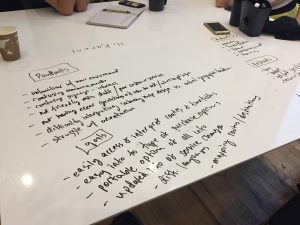
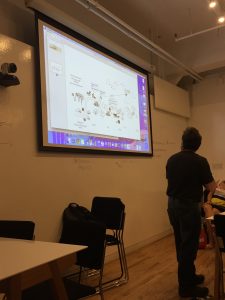
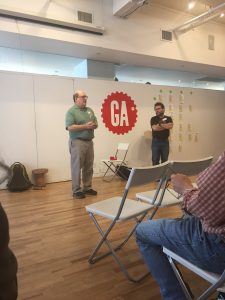 Portfolio Discussion: This was helpful and vindicated some of the concepts I’ve been thinking and writing about when it comes to what UX managers look for (or don’t look for) when reviewing portfolios. My strategy now is to include information about an unexpected challenge I experienced and what I learned on the job.
Portfolio Discussion: This was helpful and vindicated some of the concepts I’ve been thinking and writing about when it comes to what UX managers look for (or don’t look for) when reviewing portfolios. My strategy now is to include information about an unexpected challenge I experienced and what I learned on the job.